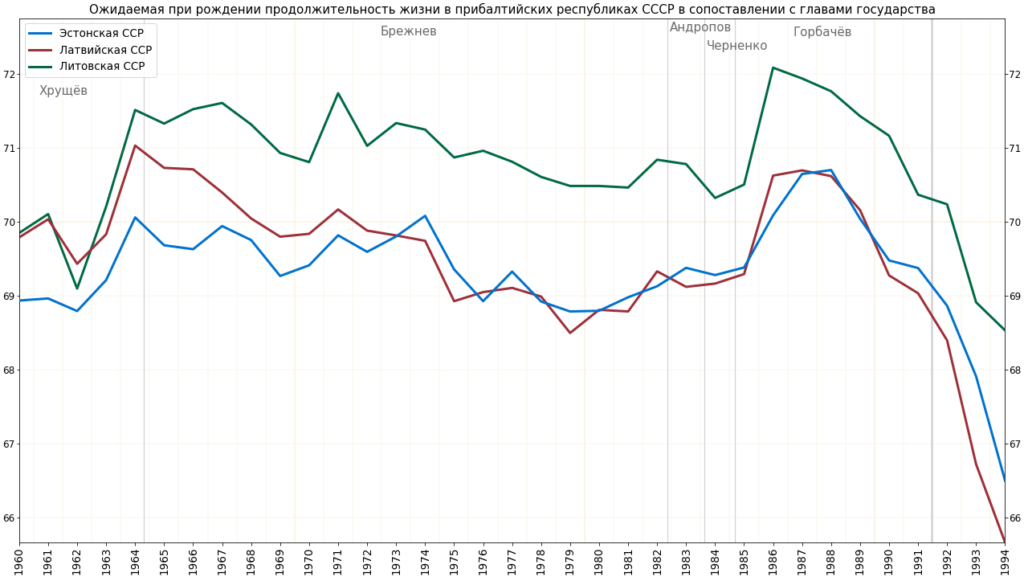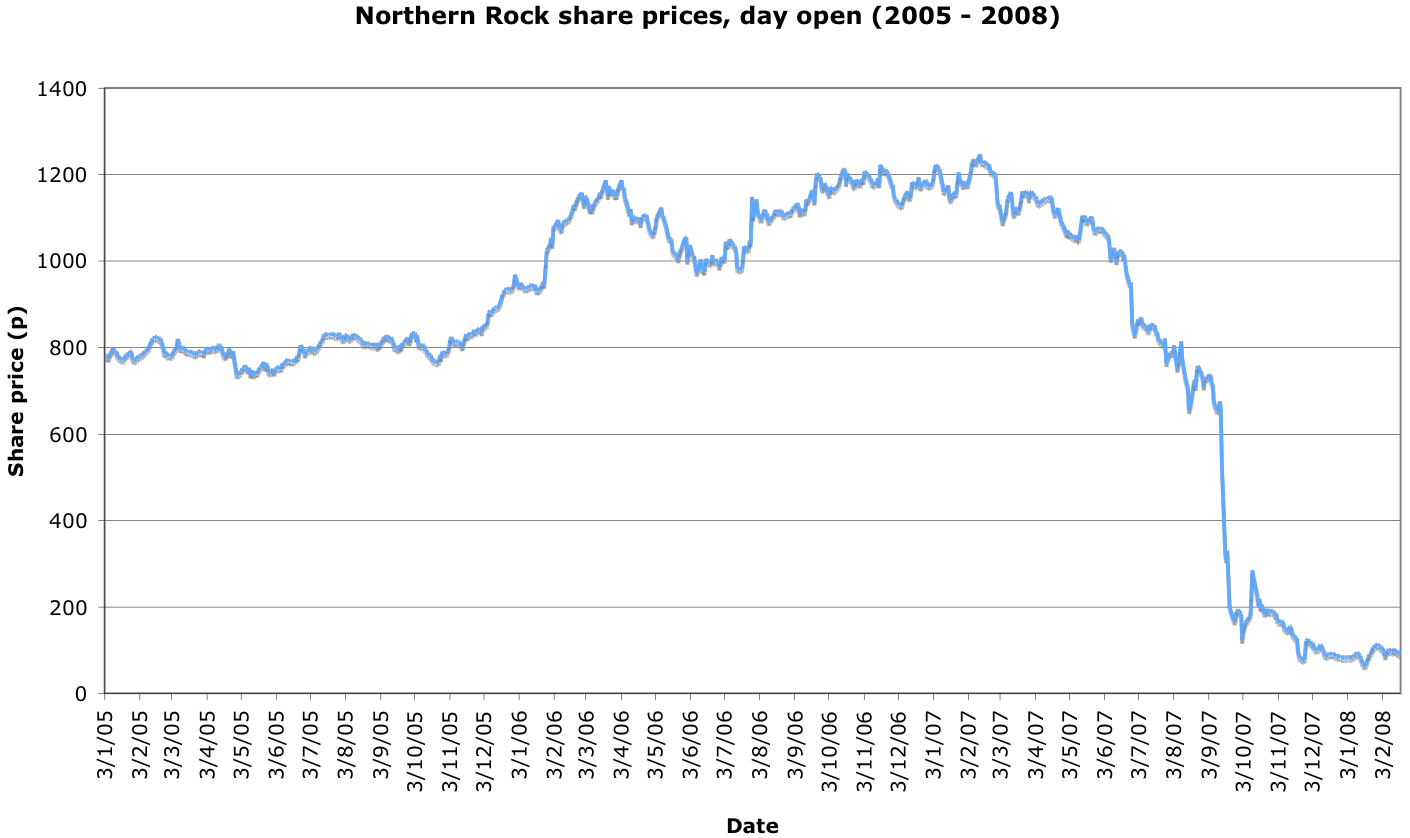Algo trading, also known as algorithmic trading, refers to the use of automated systems to execute trade orders in financial markets. It has evolved significantly over the years, transitioning from manual trading to high-speed, data-driven transactions.

Understanding Risk-Reward Ratio
One crucial aspect of successful trading is the risk-reward ratio, which determines the potential profit compared to the potential loss on a trade. It’s a fundamental metric in assessing the viability of a trading strategy.
Role of Risk-Reward Ratio in Algo
In the realm of algo trading, the risk-reward ratio plays a pivotal role in decision-making. It influences the selection of trades and helps traders gauge the potential outcomes before executing a trade.
Factors Influencing Risk-Reward Ratio in Algo Trading
Several factors impact the risk-reward ratio, including market volatility, trading style, goals, and individual risk tolerance. Understanding these factors is essential in managing and optimizing risk-reward ratios effectively.
Optimizing Risk-Reward Ratio in Algo Trading
To optimize the risk-reward ratio, traders employ various strategies. Setting stop-loss and take-profit levels, proper position sizing, and diversification are crucial methods used to balance risks and rewards.
Real-Life Examples and Case Studies
Examining successful implementations and failures in the application of risk-reward ratios provides valuable insights. Case studies offer practical lessons for traders aiming to enhance their strategies.
Challenges and Limitations
While risk-reward ratios offer a structured approach, challenges such as over-optimization and adaptability to market changes exist. These limitations highlight the need for continuous adaptation and refinement of strategies.
Conclusion
The risk-reward ratio stands as a cornerstone in the realm of algo, guiding traders towards informed decisions and balanced strategies. Its significance cannot be overstated in achieving sustainable success.
FAQs
- What is the ideal risk-reward ratio in algo trading?
- How do you calculate the risk-reward ratio?
- Can risk-reward ratios guarantee profits in algo trading?
- What role does backtesting play in optimizing risk-reward ratios?
- How can traders mitigate risks associated with market volatility?




